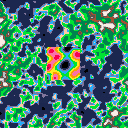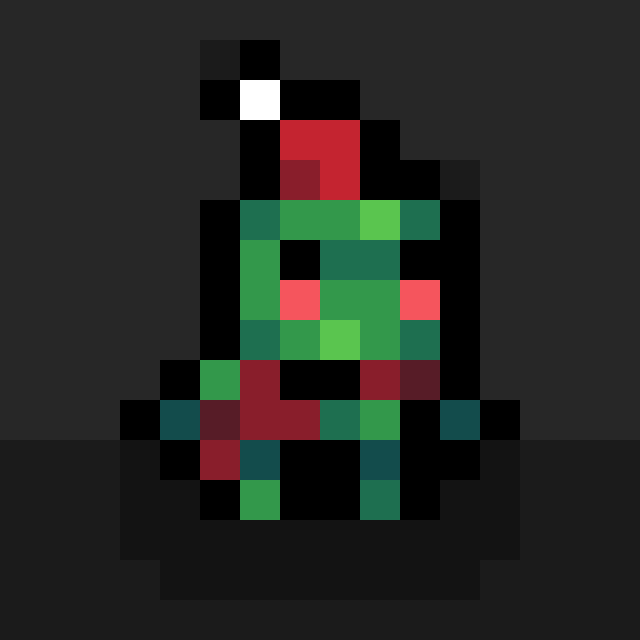Hi all,
I'm working on a space game with procedurally generated planets and thought others may benefit from the simplex noise functions I'm using.
This is ported the reference examples at:
http://staffwww.itn.liu.se/~stegu/simplexnoise/Noise.lua
The whitepaper can be found here:
http://www.itn.liu.se/~stegu/simplexnoise/simplexnoise.pdf
Feel free to use. Be aware that perlin noise (predecessor to simplex noise) has a patent. Here's an alternative: OpenSimplexNoise
Enjoy!
Edit: That patent is for simplex noise

"Be aware that perlin noise (predecessor to simplex noise) has a patent."
Other way around. The simplex noise algorithm is the one that is patented. (That's the patent you linked too) IANAL, but I think you only need to be worried about using it if you are making a commercial product.

Ah thanks for finding that. Yeah I agree it's probably not a problem if you aren't selling anything.

Pretty cool. Gonna borrow some of this. ;)
By the way, I notice you detest 1-based array accesses too. :) Here's a helper I use for declaring 0-based arrays without needing to have fixer code below the array:
Edit: disregard this solution, MBoffin offered an even better one in the next post.
function _0(a) for n=0,#a do a[n]=a[n+1] end return a end |
Note there appears to be an off-by-one overrun bug because I iterate 0..#a, but that's to make sure the final original entry is set to nil. Working as intended. :) Anyway...
Then, thanks to the features of the lua parser where it lets you skip parens in some function calls, you can say this:
powersof2 = _0{ 1, 2, 4, 8, 16, 32, 64, 128 }
> ?powersof2[0]
1
> ?powersof2[7]
128
> ?powersof2[8]
nil
|
Saves a bunch of extra work, to be sure.
(#%!@ing lua, mutter.)

Someone else pointed out to me that you can just do this to make your arrays 0-based:
powersof2={[0]=1,2,4,8,16}
|
Super simple.

Oh, that's even better. I always wanted to do that with "0=..." but it didn't work. I didn't know you could bracket a numeric literal to allow its use as a key.
Cheers!

For anyone who comes across this with a newer version of pico8, the graphics buffer (now?) doesn't get drawn to the screen until _draw returns. To see the animated 3D noise you need something like this:
offset = 47
function _update()
end
z = 0
function _draw()
for x=0,32 do
for y=0,32 do
local i = Simplex3D(x*.05,y*.05,z*.05)
i += 1
-- i /= 4
i *= #heatmap_colors/2
i = flr(i+.5)
pset(x+offset,y+offset,heatmap_colors[i])
end
end
z = (z + 1) % 1024
end
|
[Please log in to post a comment]












